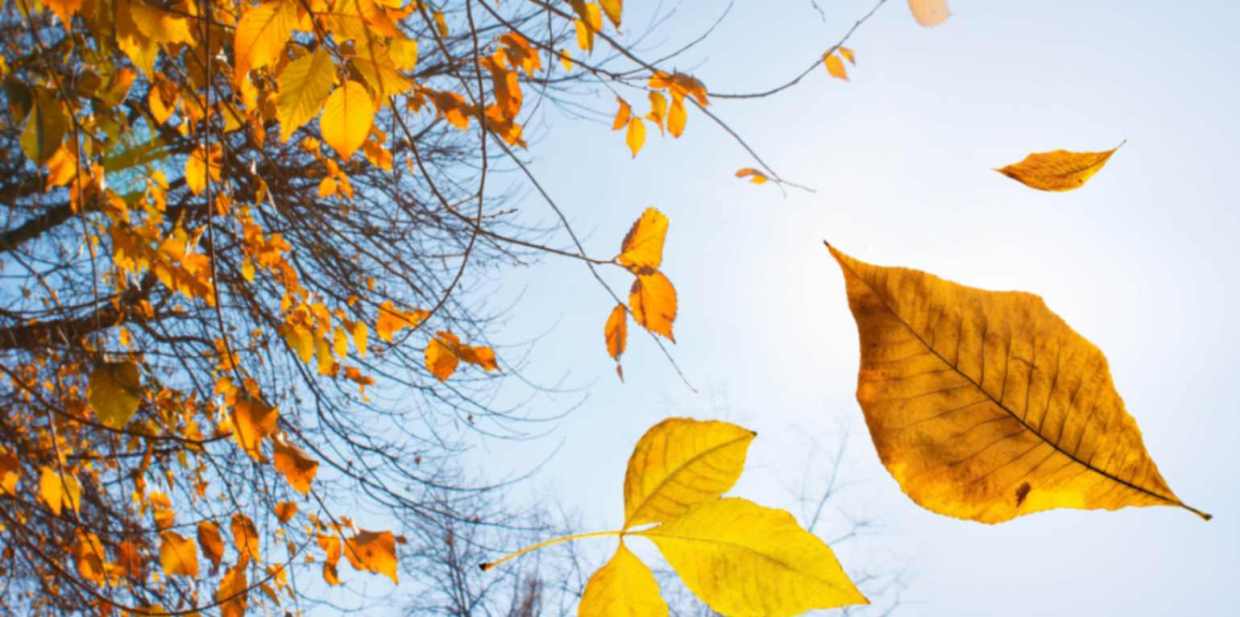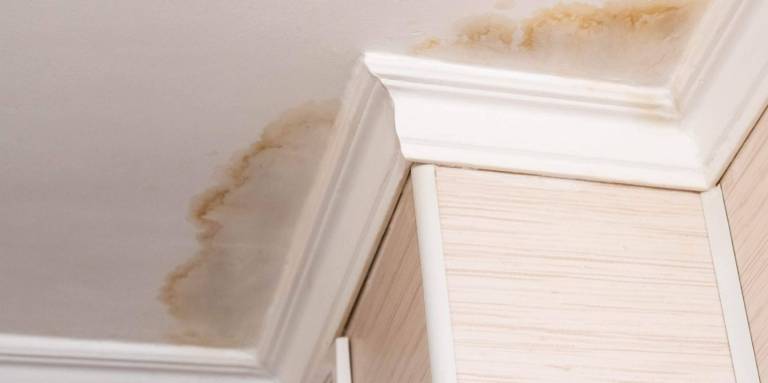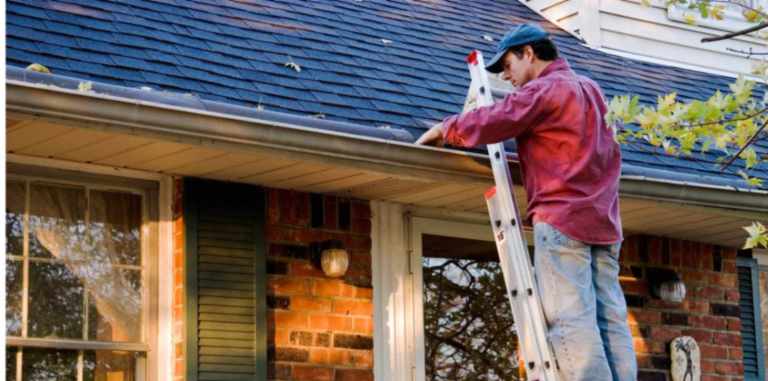Fall is when the days become a little shorter, and the nights start to cool. You can anticipate jacket and sweater weather. You can also expect falling leaves you will have to remove from your yard and gutters. But when do the leaves start falling?
Tips for Managing Leaves in Your Yard
A fall leaf drop is a form of self-protection. While evergreen plants in cold climates have thick waxy needles that protect them from freezing and fracturing, deciduous species have thin leaves that are vulnerable to cold temperatures. Since water expands when frozen, the fragile leaf cells would burst during the winter, making them useless for photosynthesis. Without dropping these leaves, a tree would be stuck with thousands of useless appendages and no way to make food!
And if that weren’t a good enough reason, all those leaves’ surface area would also threaten the plant’s physical integrity. Winter months are windier than other seasons, and the wind against the broad leaves on a cold, brittle tree could cause significant breakage. The same goes for the weight of snow collecting on all those leaves.
Finally, by the end of summer, many leaves have been eaten by insects, are diseased, or damaged. Dropping leaves give the tree a new start in the spring, and the decaying leaves provide the tree with nutrients to help grow fresh leaves in the spring.
Fall leaves are not blown off trees but are separated from the plants in a unique process. As day length shortens and temperatures cool, hormones in the tree are activated to begin the removal process. Chlorophyll production stops, and the green pigment degrades, revealing bright reds and yellows. The vessels that carry water and sugars to the leaf and the rest of the tree are closed off, and a layer of cells, known as the abscission layer, starts to grow between the leaf stalk and the branch. These cells slowly cut the leaf from the tree without leaving an open wound. As the leaves fall, the tree enters dormancy, saving energy for new spring leaf growth.
Peak Fall Foliage
Leaves can change their color from as early as late September through early November. Typically, the peak times of October are the second and third weeks of October, but it shifts depending on where you live.
- Foliage starts to change in the northern-tier states out West and in the Midwest by late September; around the first week of October, the leaves in some areas will be in their prime.
- Much of New England and the Pacific Northwest will be at or near peak fall color by the second week of October.
- A bit further south in the Blue Ridge Mountains, mid-October is the general time frame.
It also depends on the weather in the region. The leaves could change as early as August if an area has had a hot, dry summer. Some tree species, particularly oaks and beeches, keep their leaves much longer than other trees. But after the leaves reach their peak color, they fall off the tree about a week later.
Factors Affecting the Timing of Leaf Fall
The timing of leaf fall depends on a variety of factors, with temperature and overall weather being the most crucial. As temperatures begin to drop at the beginning of autumn, trees prepare for the cooler seasons by beginning to shed their leaves. However, other factors such as drought conditions can cause leaves to fall earlier than expected. Some other influences include changes in daylight hours and stressors such as pests and diseases. All of these factors help to determine when trees will begin to shed their leaves. It’s important to keep an eye out for leaves falling to help determine the best time to clean your gutters.
Dealing with Excessive Leaf Fall
It’s inevitable to deal with falling leaves during the fall months. Raking them from your yard is easy. Getting them out of your gutters can be aggravating and dangerous. Ladder falls are one of the highest incidents of injury every year. Who needs to be injured by falling from a ladder? Nobody! But if you don’t clean your gutters, you will likely have clogs or other issues like overflow during heavy rains or ice in winter. You can always hire someone to clean them, but having it done twice a year can become expensive, which is the recommended frequency for gutter cleaning.
If you never want to worry about cleaning leaves from your gutters again, get Leafguard®. Leafguard is the seamless gutter system guaranteed never to clog, or we’ll clean your gutters for free. All gutters carry water away from your home, but only Leafguard does it with a proprietary, debris shedding design, the premier, most cost-effective gutter guard on the market today. No other gutter system is designed to provide Leafguard’s level of quality protection. Eight out of 10 incidents to go wrong with a home today has to do with water-related damage. Clogged gutters can cause water damage to your roof, siding, fascia, foundation, and landscaping.
So why choose Leafguard? It’s simple:
Leafguard is the premier product in the market today. Our gutters are more robust than the industry standard, and we have received the Good Housekeeping Seal of Approval for the last 18 years.
Our proprietary one-piece design utilizes the simple but powerful principle of liquid adhesion to draw rainwater into the gutter while leaves and all other types of debris roll off. This prevents your gutters from clogging. Leafguard gutters are manufactured on-site to the exact specifications to fit your home. Our installers are employees of the company, not subcontractors. They will complete the job and thoroughly clean up to your satisfaction.
Our limited lifetime guarantee means that if you end up having a gutter clog, we will come out and fix it at no charge. And this guarantee is for the life of the product. Leafguard’s seamless one-piece design is more robust and durable than any gutter system. With Leafguard, quality and durability are built in. The gutters are stronger than the industry standard, ensuring your home’s protection against the harshest weather conditions.
Leafguard – Get it. And forget it. You’ll never have to worry about leaves in your gutters again.
Source: Britannica, Almanac


